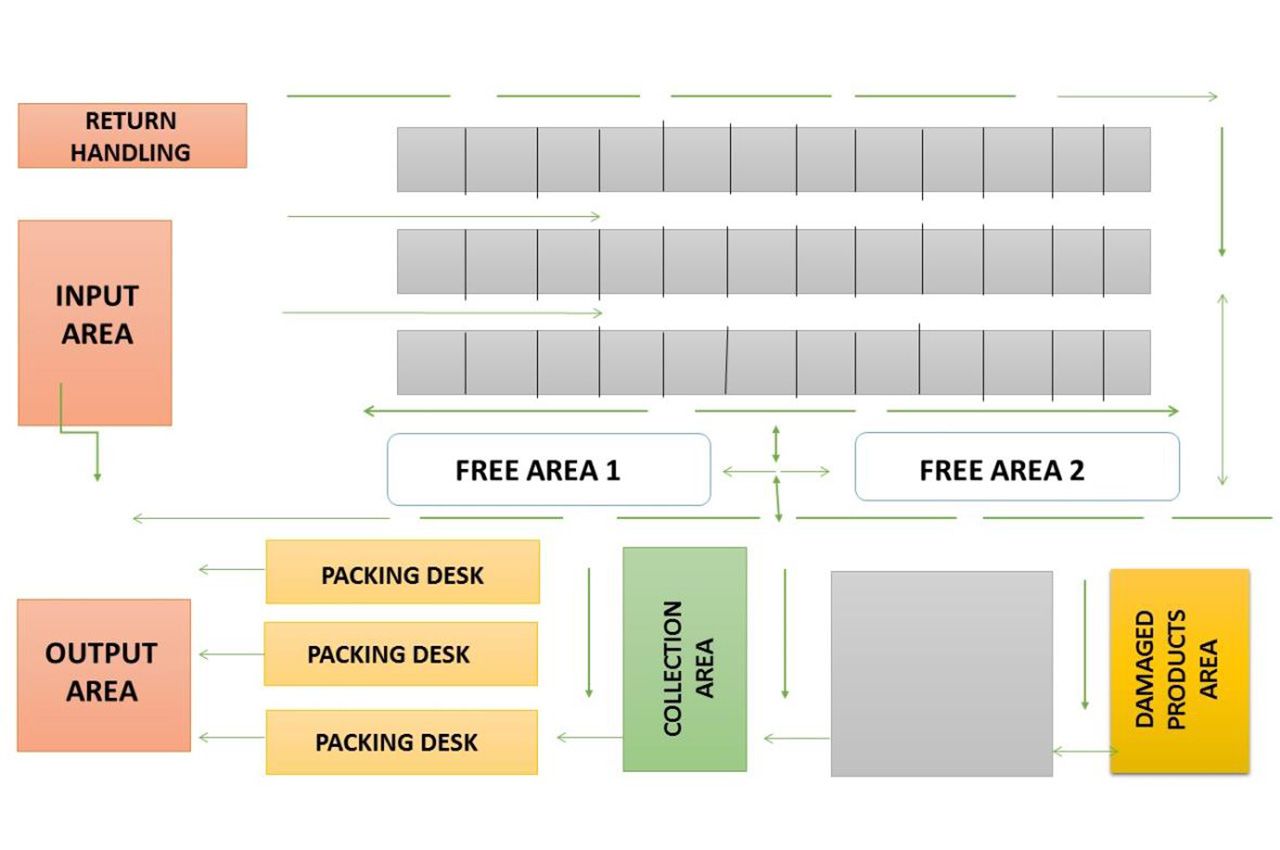New INTM Paper Explores How Retail Space Could be Reimagined as Mini Fulfillment Centers

The COVID-19 pandemic has accelerated the decline of retail traffic, but it also has presented an opportunity to reimagine retail space use and an expansion of the traditional retail supply chain.
Gurram Gopal, industry professor of industrial technology and management at Illinois Institute of Technology, and his former student Laura Bravo Fernandez (M.Eng. ITO ’20) examine how empty retail spaces can be used as mini fulfillment centers to accommodate the increasing popularity of online shopping in a recent article published in Supply Chain Management Review.
The United States, according to several estimates, has approximately 23 square feet of retail space per capita, which is four times as much or more than the space in other developed countries like Germany or the United Kingdom. This square footage has been trending down, and one consequence of the pandemic is that more retail stores are closing or struggling. This research is part of an overall vision that smaller and mid-size retail stores can survive, or even thrive, by becoming mini fulfilment centers for the local or hyper-local community. These centers have the potential to create and support micro-economies in a global economy dominated by retail giants like Amazon or Walmart.
Instead of viewing the surge in closing retail spaces as a burden, Gopal and Fernandez explore the possibilities of turning this hardship into a supply chain asset. Converting them into mini fulfillment centers will not only breathe new life into struggling storefronts, but also will alleviate e-commerce delivery issues, specifically with “not-at-home” missed deliveries.
“As inventory is located closer to delivery areas, the route optimization has more options, and thus finds better solutions,” Gopal says. “This could include orders being picked up by drivers closer to delivery time; drivers making more, but shorter, trips; and allowing customers to pick up closer to their homes.”
Gopal and Fernandez argue that the conversion from retail space to fulfillment center will help smaller and mid-sized retailers compete with larger retailers and e-commerce websites by bringing their inventory closer to their customers, allowing for easier direct-to-customer deliveries and more convenient curbside pickups.
The concept also expands the supply chain from the retail space to the customer.
“The ‘traditional’ view of the consumer supply chain is that it ends with retail, once the product is sold to the customer,” Gopal says. “The retail to mini fulfillment center conversion essentially extends the supply chain to the customer. In the future, these mini fulfillment centers can actually fill your fridge with what you need, close to when you need it. What it means is that your home essentially becomes an extension of the ‘retail space’ where the retailer is putting the product. Think of each fridge as an extra ‘storage’ area in the store.”
Gopal and Fernandez researched the conversion of retail space to mini fulfillment centers in Chicago and say the concept can work in any urban area. Gopal says suburban retailers could see significant benefits using the concept, but it might be a right fit for rural areas, too.
“As the population density decreases and distances between deliveries increase, there will be less savings,” Gopal says. “In a rural area, this might be one tier of a multi-tier operation. An example is a company like Imperfect Foods, which delivers once a week.”
Photo: An example of how a retail space could be turned into a mini fulfillment center (provided)




